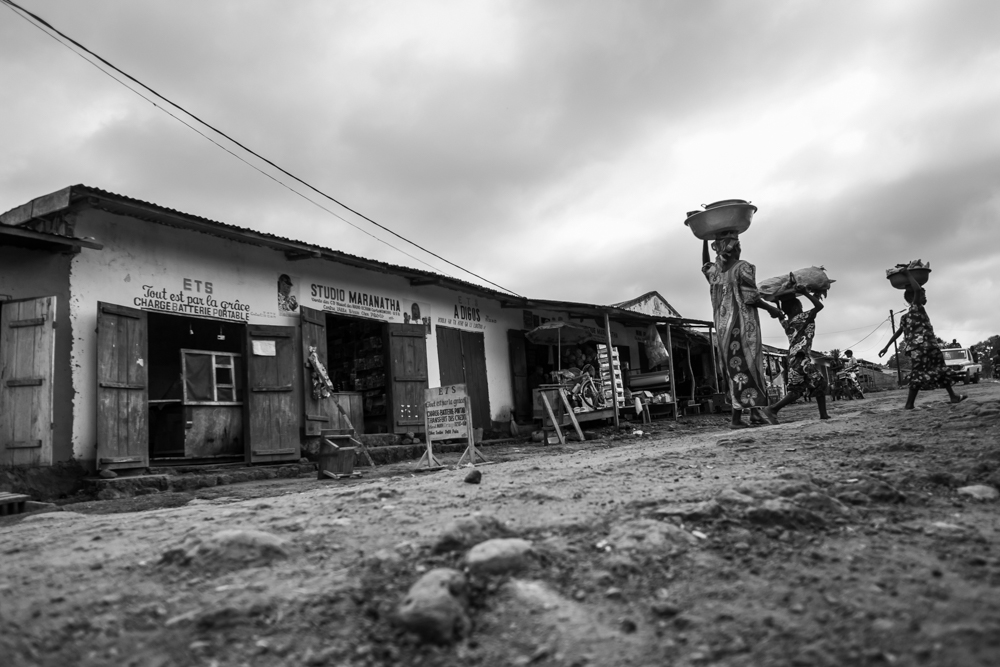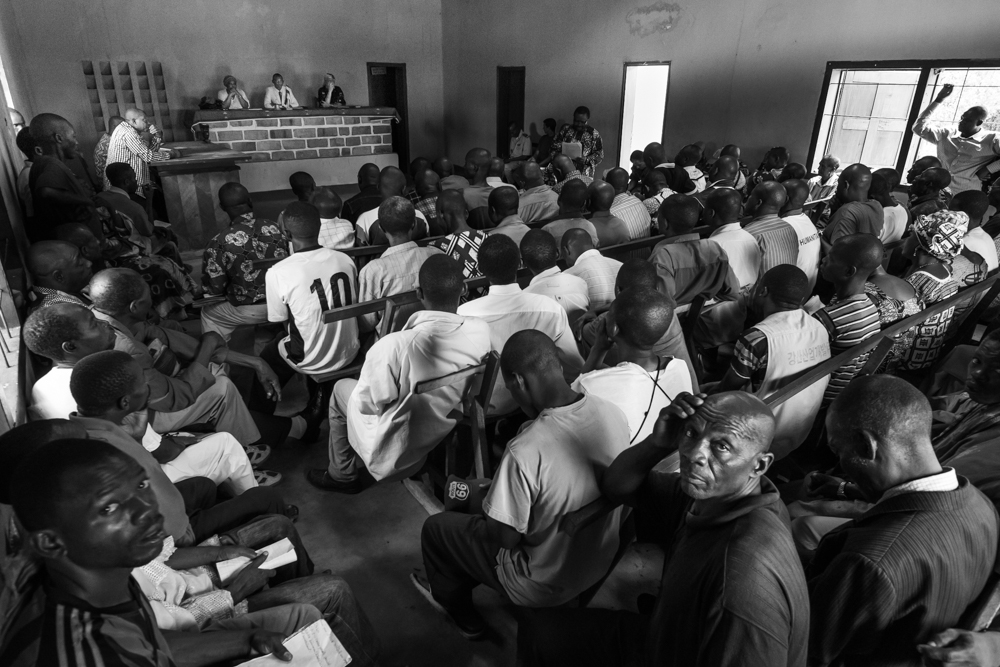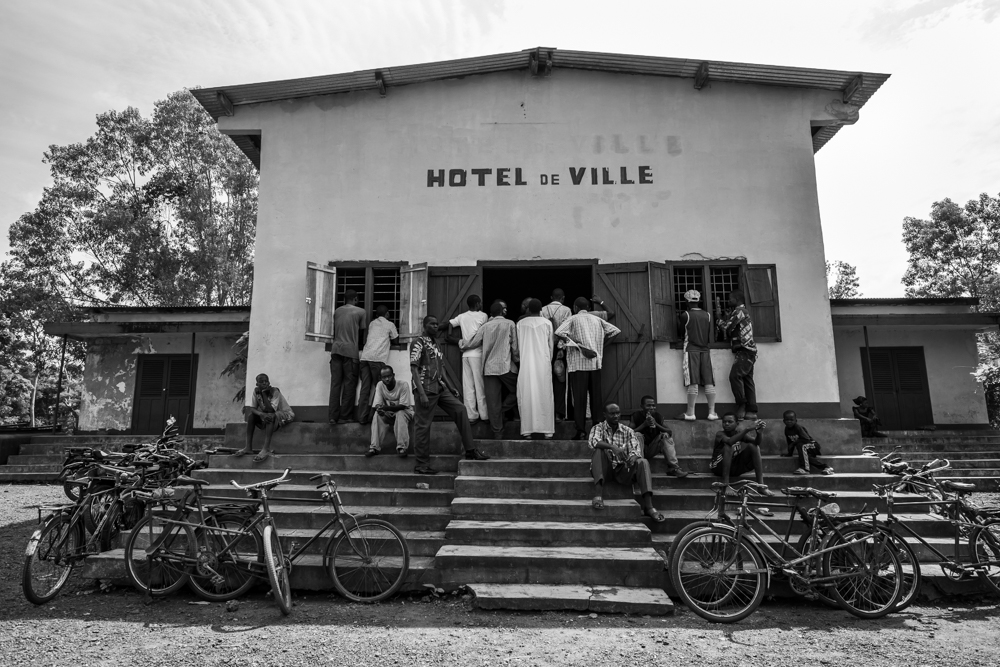Photographers on Photographers: Carolyn Russo on Isabel Corthier
For the entire month of August, photographers will be interviewing photographers–sharing image makers who have inspired them, who they are curious about, whose work has impacted them in some way. I am so grateful to all the participants for their efforts, talents, and time. -Aline Smithson
It was in 2011 at the Lishui Photo Festival in China, where I first met Isabel Corthier. I was drawn to her black and white portraits and her positive energy that comes with a wonderful Belgian-French accent and carefree laugh. It was obvious how anyone would be at ease in front of her camera. She had just received the Golden Award from the China International Digital Photography Art Exhibition Contest for her photographs in Africa. She told me her plans to sell off her worldly possessions in Belgium, for an upcoming move to Africa, and I thought she was courageous. We haven’t seen each other since parting ways in China, but we have stayed in touch via the internet and are now working together for her photographs to appear in an upcoming Smithsonian exhibition.
Isabel has such a vast body of work to feature, but “Balancing on the rope of peace” reminded me of her strength in the black and white photography that I first saw in China. In this award-winning work, Isabel opens a window into the lives of Bangassou residents, located in the Central African Republic. Religious conflict has become part of their daily existence, with death right around the corner. Isabel is trusted implicitly to tell their story and the empathy she captures through her lens transcends far beyond the photographs.
 Carolyn Russo is a photographer and museum specialist at the Smithsonian’s National Air and Space Museum. In her current role as co-curator of the museum’s art collection, she acquires art and curates art exhibitions. As a photographer she has exhibited work internationally and has authored four books; Art of the Airport Tower (Smithsonian Books, 2015), In Plane View: Abstractions of Flight (powerhouse Books, 2007), Artifacts of Flight (Harry N. Abrams, 2003) and Women and Flight: Portraits of Contemporary Women Pilots (Bulfinch Press, 1997).
Carolyn Russo is a photographer and museum specialist at the Smithsonian’s National Air and Space Museum. In her current role as co-curator of the museum’s art collection, she acquires art and curates art exhibitions. As a photographer she has exhibited work internationally and has authored four books; Art of the Airport Tower (Smithsonian Books, 2015), In Plane View: Abstractions of Flight (powerhouse Books, 2007), Artifacts of Flight (Harry N. Abrams, 2003) and Women and Flight: Portraits of Contemporary Women Pilots (Bulfinch Press, 1997).
Isabel Corthier (born in Belgium), is an award winning freelance documentary photographer, and is currently living in Cape Town, South Africa. She works for humanitarian organizations around the world, such as Caritas, Médecins sans Frontières (MSF – Doctors without Borders), Louvain Coopération, Trias, Solid International and others. Since 2015, Isabel is a Fujifilm X-Ambassador for Fujifilm in Belgium. Isabel’s work has been exhibited internationally and her most recent award is the 2018 PX3 Award (Gold) in Paris, France for her project featured in this issue of Lenscratch.
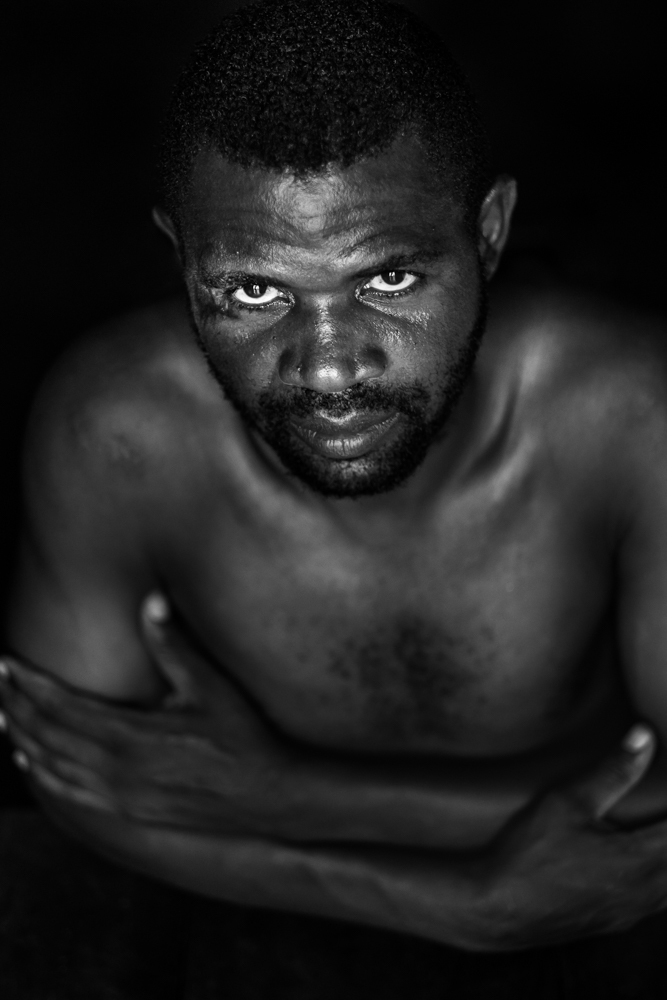
©Isabel Corthier, Hervé, a former christian, who was converted to the islam, has been tortured for 3 days by the Seleka rebels. They had put him in a bag, ready to drown him in the river.
Balancing on the Rope of Peace
“Balancing on the rope of peace” is a personal project that began in 2015, in collaboration with my husband Stephan Van Diest, [an anthropologist and field coordinator for MSF – Doctors Without Borders] who conducted the interviews and wrote the text. We dove deeply into the lives of the “peace keepers” living in a city called Bangassou, in the Central African Republic (CAR). These individuals try to maintain the peace, while the whole country is caught up in an inter-religious conflict between Muslims and Christians. The chance that a small incident can escalate into violence or a resumption of conflict, is very real. Laypeople, politicians, priests, Muslim leaders and civic/cultural organizations each use their own strategy to prevent the situation from spiraling out of control. In this void between normalcy and war, the people of Bangassou struggle to carry on. For some time, this fragile calm has been maintained; the residents of Bangassou have spared themselves from the cycle of retributive violence which has cursed so many other communities in their country. In comparison to other journalists’ work on the conflict in the CAR, which is often more sensational with a focus on the bloodshed happening in the country, we strived to show the daily fears, doubts and hopes of individual people who are – without their intention- drawn bit by bit into an inter-religious conflict, and how they deal with it.
Unfortunately, after the project ended, the Anti-Balaka rebels entered Bangassou, in May 2017, and the situation has deteriorated. The peaceful town has been caught up in the conflict once again. – Isabel Corthier
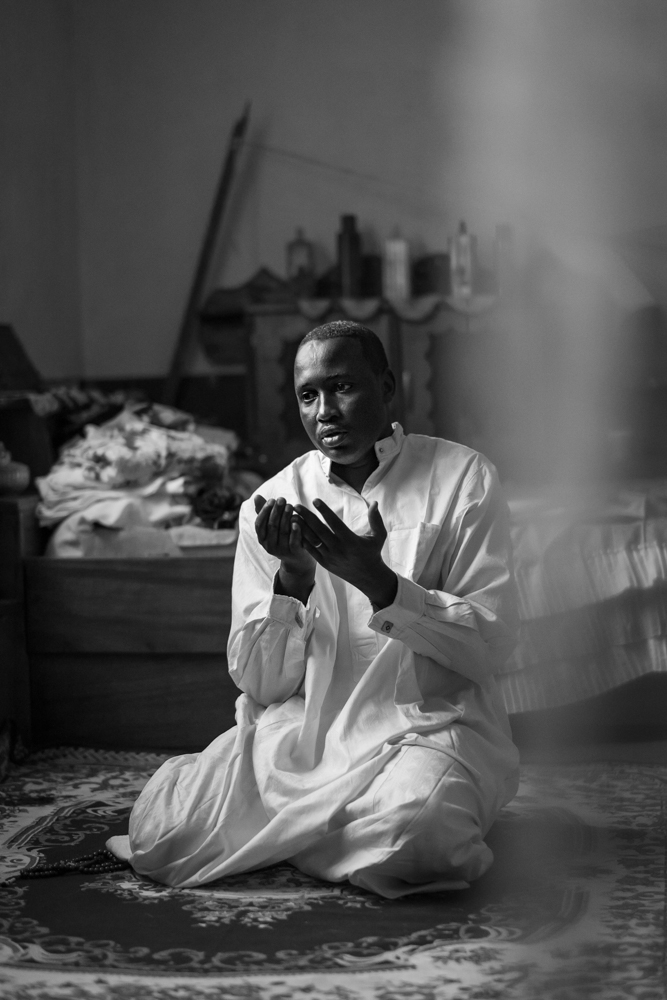
©Isabel Corthier, Ali, the leader of the muslim community of Bangassou, during his prayer. Despite the fact that the Seleka was a coalition of mostly Muslim armed groups, they also looted the house of Ali.
Carolyn Russo: What were some of the challenges working on the “Balancing on the rope of peace” project?
Isabel Corthier: It was very important as a photographer to get access and [gain] trust from the citizens in both religious groups. Therefore, you need time, you need to show that you are sincere with your intentions. So, we took five weeks to live with the people to get to know them, we talked about what happened in the past, followed meetings, ate together with them, and observed how each one of them handled the fragile situation…
But how to get there [to Bangassou] safely, without an NGO or organization protecting us, while the whole country is on fire? Well, during [my husband’s Stephan’s] mission, he got to know about an evacuation route through [his work] in case of a conflict outbreak in the area, but he never had to take it… So, we decided to get into the country taking this evacuation route in the opposite direction.
We took a flight to Kinshasa, another flight to Kisangani, a bus to Buta and from there we organized two motorbikes with drivers to get us the last 400 km [249 miles] through the jungle to reach the border of the Central Africa Republic (CAR).
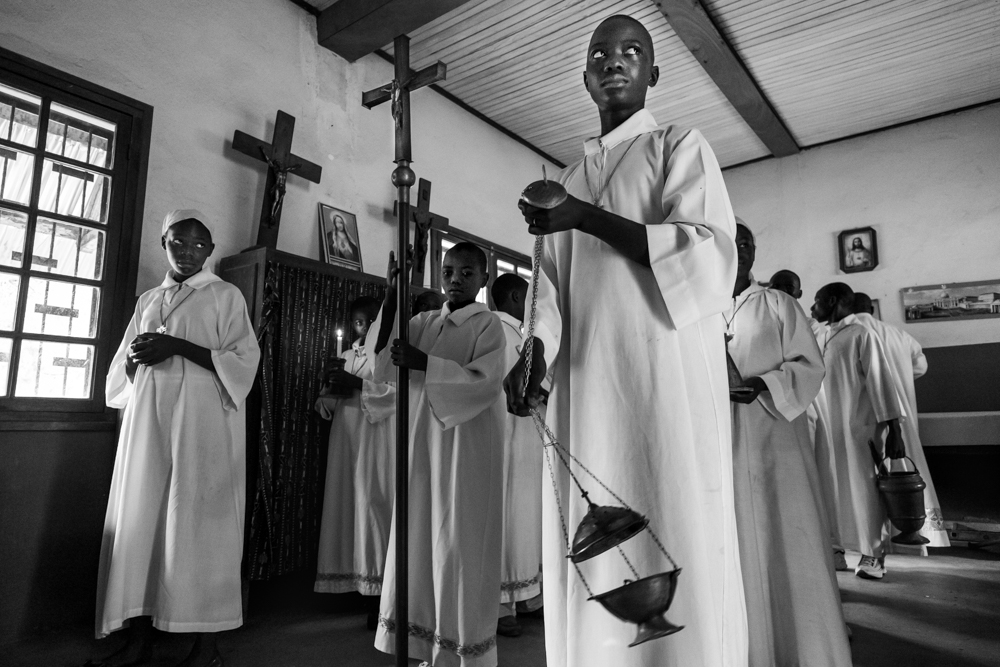
©Isabel Corthier, Alter servers are preparing for a traditional catholic mass celebration in Bangassou, held by Abbé Alain, one of the founding members of the mediation committee.
During the bus drive, [the bus] almost killed a cyclist and we got stuck [for] hours in a village that starting to throw stones at the bus. [Some villagers] wanted to set the bus on fire. We had to hurry to get out and left all our belongings in the bus. The bus left to a safe place but we weren’t sure what would happen… A few hours later, the issue was solved and we could continue our trip. Luckily all our stuff was still inside [the bus]!
The last part [of the trip] we drove on two motorbikes, with drivers, on slippery jungle roads, crossing rivers, driving over narrow tree trunks, and swirling across rocky roads. Fortunately, we didn’t meet the rebel group of Joseph Kony LRA (Lord’s Resistance Army, a rebel group known for the use of child soldiers in Uganda) who was operating in the area. We heard his group attacked villages at 10 km [6 miles] from our route. The encounter with a drunken soldier who asked [us] for $10,000.00 was most annoying, but we managed to talk our way out of the situation. The last 40 km [29 miles], my motorbike had to drive with broken brakes. We pedaled with our feet trying to keep the motor under control, while rushing on the downhill path… Just before dark we arrived at the river, right on time for the last pirogue (wooden boat) who took us into the CAR.
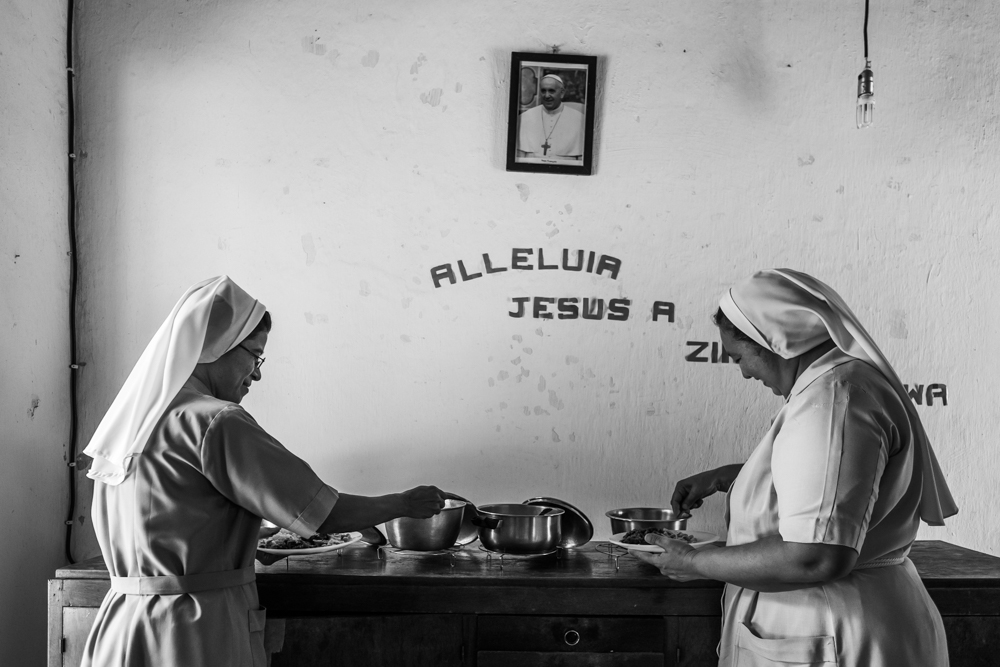
©Isabel Corthier, Sister Paula and sister Claribert fulfill their mission in Bakouma. It was invaded by Seleka rebels in 2013. On top of that the LRA rebels (Joseph Kony) carry out regular attacks in the area. Guided by their belief, they stand with the local population even during the most difficult times.
CR: What initially brought you to Africa and how long have you been photographing there?
IC: Since my young age, I have a love for Africa. When my boyfriend (my husband now) went on his first mission for Doctors Without Borders in Burundi, (for 9 months!) I asked permission to visit him and to document the activities they were running there. I was super excited [about] doing this kind of photography. In Belgium, I was more into wedding and portrait photography until then. I entered another level in the collaboration with people. I found it fascinating to connect with people from other cultures. I also felt that my photography could have a bigger purpose than only the aesthetic part of it. I felt that it helped telling a story to people who otherwise wouldn’t know or care about these stories. After I got back, my photographs were published straight away! This was the road I wanted to walk. That was 8 years ago, and I continued working mainly for different NGO’s.
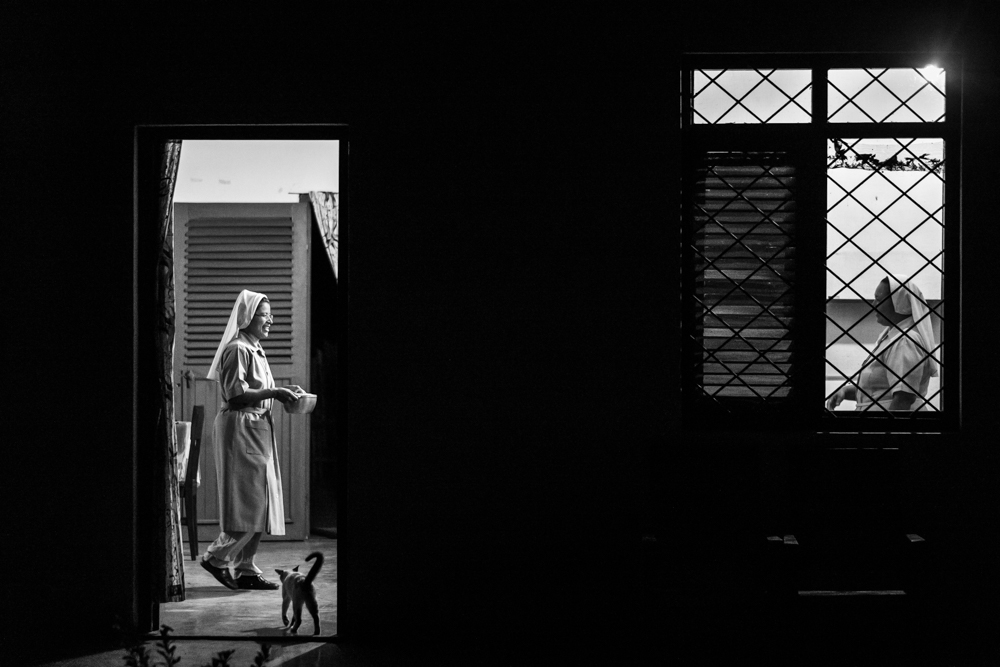
©Isabel Corthier, Sister Paula and sister Claribert fulfill their mission in Bakouma. It was invaded by Seleka rebels in 2013. On top of that the LRA rebels (Joseph Kony) carry out regular attacks in the area. Guided by their belief, they stand with the local population even during the most difficult times.
CR: Where have you visited for your work, and what topics do you cover?
IC: In Africa, I have been visiting Ethiopia, Uganda, South Sudan, Congo, Zimbabwe, Ghana, Burkina Faso, Central African Republic, Namibia, Senegal, and Niger. Besides Africa, I worked in the Philippines, Nepal, Brazil, El Salvador, Honduras, Peru, Ecuador. Since the refugee crisis I went to countries like Jordan and Lebanon, and I photographed refugees in my home country Belgium.
The topics I have covered are mainly linked to poverty, climate change, migration, ongoing conflicts, and the lack of health care.
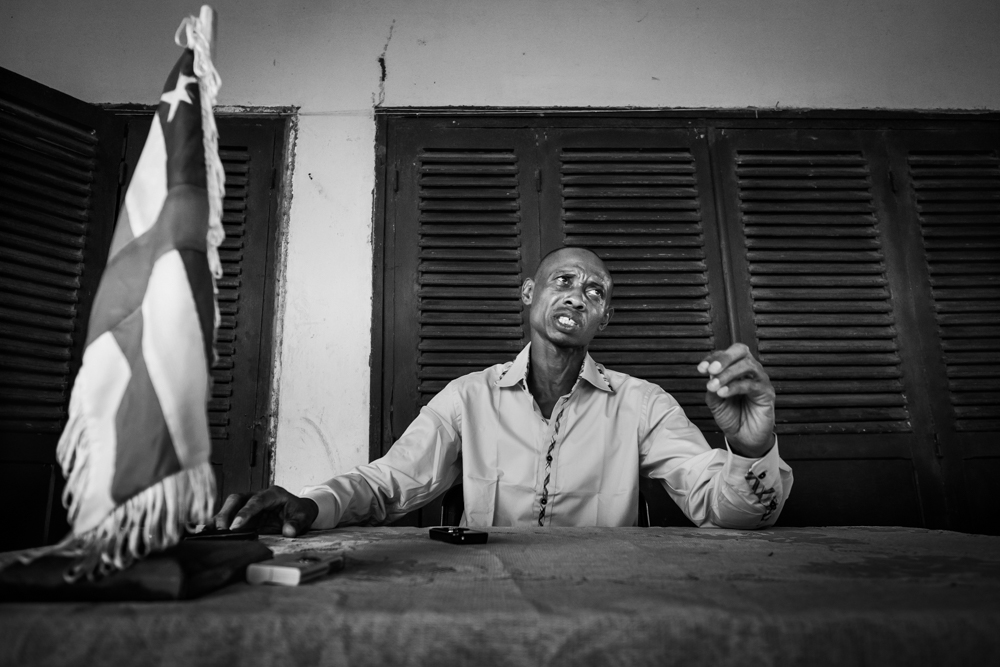
©Isabel Corthier, Mister Omar Hervé, the reeve of district Mbomou, explains the painfull situation he had gone through. He and his family had to flee his house to Congo, which lies just across the river Ubangui which separates the two countries.
CR: In what ways do you connect with your subjects?
IC: I always learn some words in the local language to show respect and my willingness to integrate. Often, I pronounce the words completely wrong… well that makes people laugh, it works like an ‘icebreaker’.
And I talk to people in a positive way. If people live in difficult circumstances I tell them that I admire their strength and courage, or I compliment them about how nice they organized their shelter with the little means they have.
I talk to people in an open and honest way. And I listen to their stories.
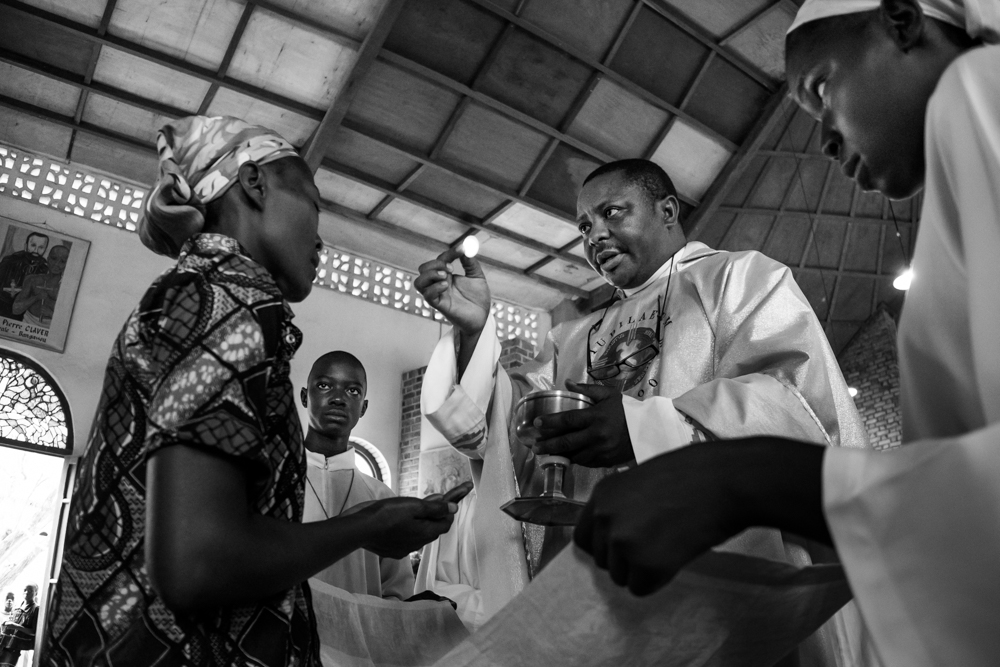
©Isabel Corthier, Abbé Alain, one of the founding members of the mediation committee, during a mass.
CR: Talk a little about your initial background in photography…
IC: I was working as an architect. And I really loved creating harmony with spaces and light. But the restriction due to guidelines, the long and lonely process on the computer didn’t make me happy. I missed so much the social contact with people. Then I started to study photography after my working hours and felt I could start creating this harmony in collaboration with people.
After some years, when I was working in Dublin, I finally dared to quit my job and bought one of the first models of the Fujifilm Instax cameras, about 15 years ago. It is a kind of polaroid system. I started as a street vendor selling shots to the people. I had put duct tape on the flash to make the Irish people look a bit sun tanned, and they loved it! And I loved it too! It’s by doing this work that I learned how to get out there and approach people on the street, overcoming my fears.
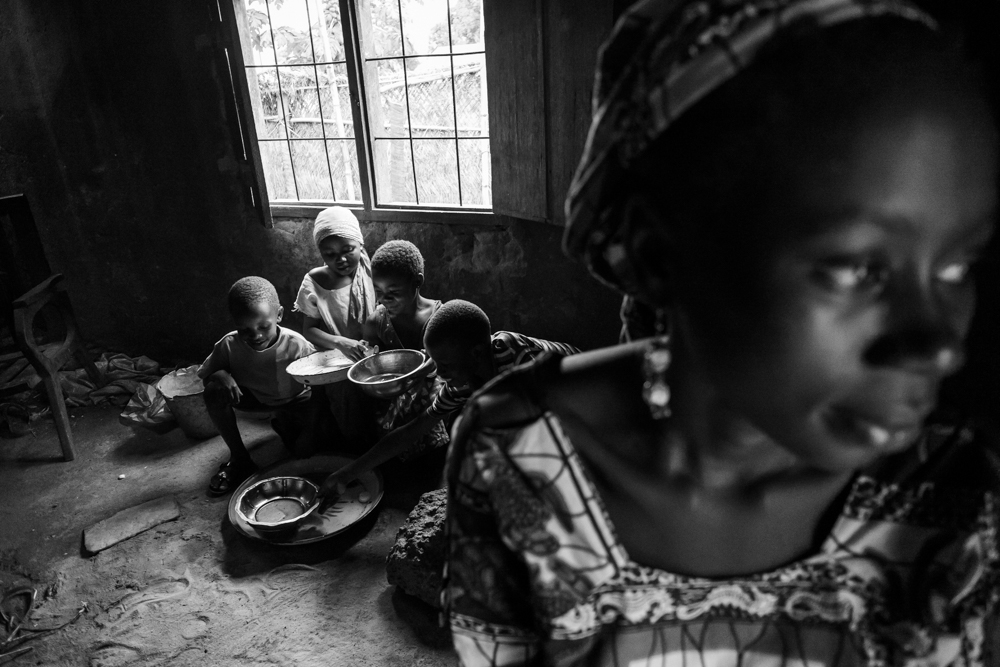
©Isabel Corthier, The children and relatives of Ali, the leader of the muslim community of Bangassou, are sharing food. Even the house of Ali has been looted by Seleka rebels.
CR: What inspires your work?
IC: People inspire me. I am curious to get in contact with people, and for me photography is the best excuse to get closer than usual. And light. Whenever I see beautiful light, it fires the passion in me. I could stare a whole day at a mountain and enjoy how light can change everything. Photographers like Chris De Bode, Sebastian Salgado, Cedric Gerbehaye, Jan Grarup, Lynsey Addario and Stephanie Sinclair are of a great inspiration to me.
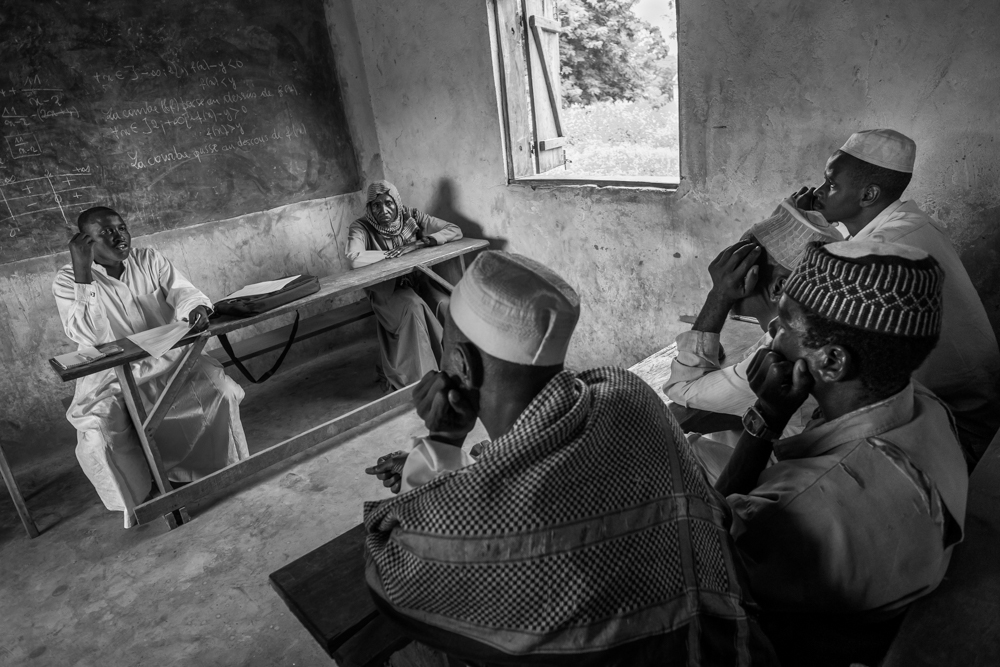
©Isabel Corthier, Ali Idriss, the leader of the muslim community of Bangassou, reports to his fellow musulman citizens the proposals of the Bangui National Forum that was held on May 4-11th for the reconciliation process.
CR: Tell us about your current projects.
IC: Currently I am working on a project in a township in South Africa. The people living there still bear the consequences of the apartheid system. I focus on young people, born after 1994, the year that Mandela became President. They grew up with a great anticipation for a better life than their parents, and the need to succeed. But the living conditions in the township are still difficult. I make portraits and interview young people who try to make themselves and their community a way up [better] by developing and using their talents. They act as role models for others. It’s a contemporary way of living according to Mandela’s principles: Free yourself – Free others – Serve Every Day. I hope the project gives these people a platform and I hope it might influence the way others look at townships.
For the Smithsonian, I have just finished a project on how globalization influences the lives of people who are part of remote traditional tribes in Namibia. This work will be shown in a future new major gallery “One World Connected.”

©Isabel Corthier, Herve’s eldest daughter is afraid after their house had been completely looted by the rebels.
CR: Where can we find your work? Website, galleries, etc.
IC: For the moment my work “Balancing on the rope of peace” is shown in the beautiful Saint-Jacobs church in Ghent, Belgium. You can also find me on Instagram, Facebook and my website: www.isabelcorthier.com. My work is also shipped worldwide via www.singulart.com.
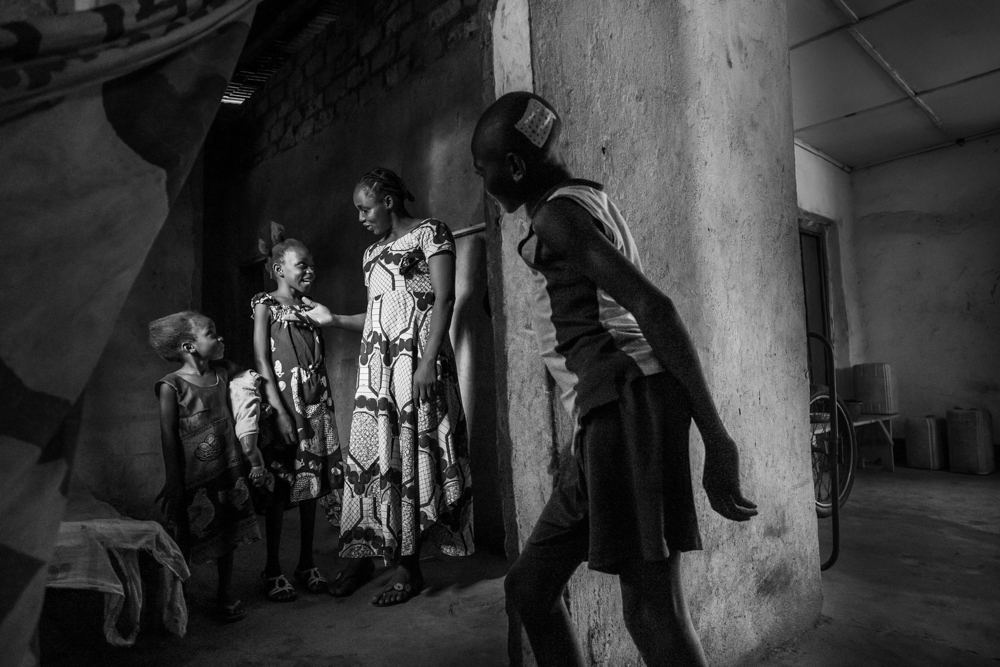
©Isabel Corthier, Ida, the wife of Hervé, with their children in their house that had been completely looted by the rebels.
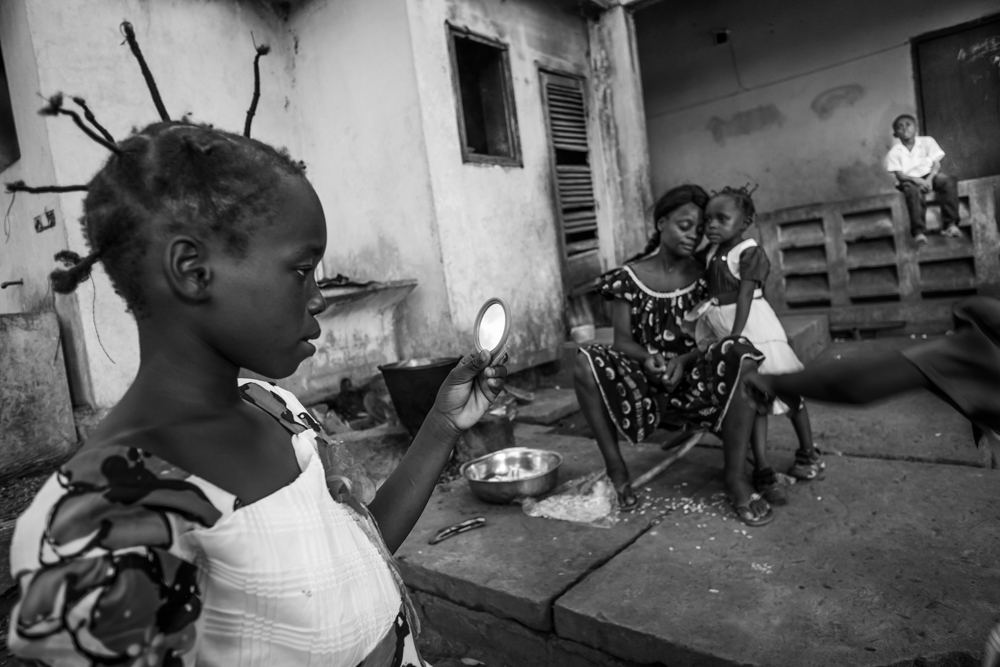
©Isabel Corthier, The prefet of Mbomou district Omer, and his family had to move to this temporary house until the real house of the prefet is rehabilitated. That villa had been looted by the Seleka rebels and local criminals.
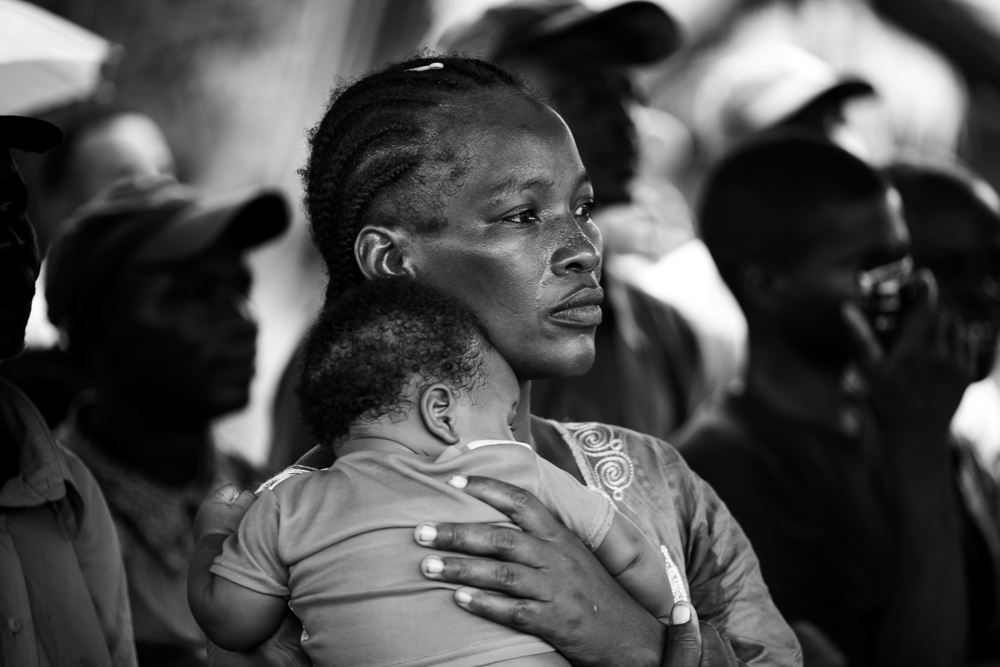
©Isabel Corthier, A mother holds her child during a reconciliation event that was organized in Niakari to celebrate peace between the muslim and the christian community.
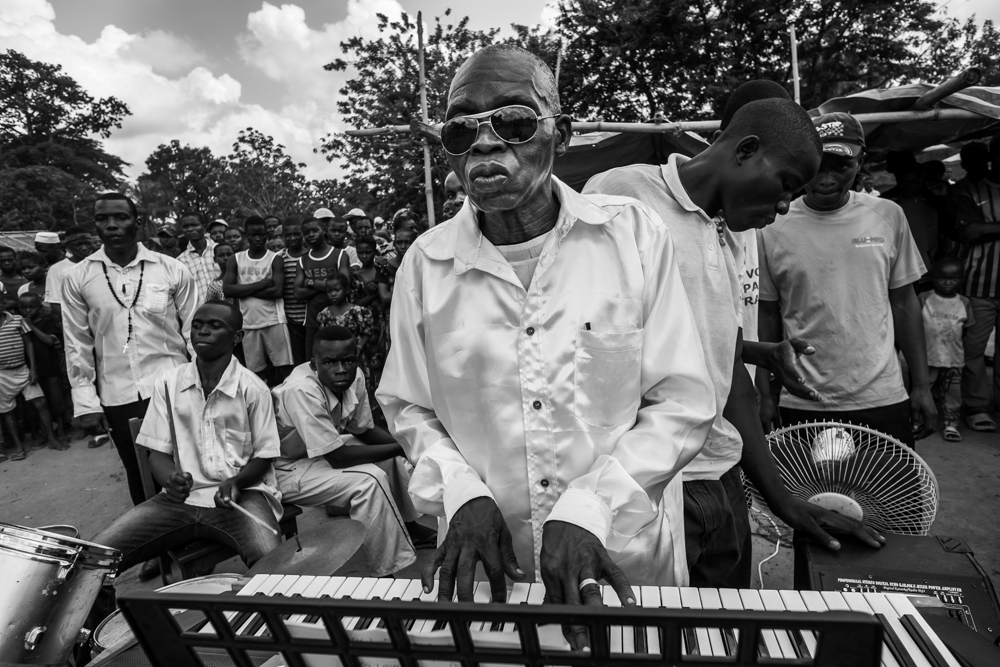
©Isabel Corthier, During a reconciliation event in Niakari, people performing dances to celebrate peace between the muslim and the christian community.
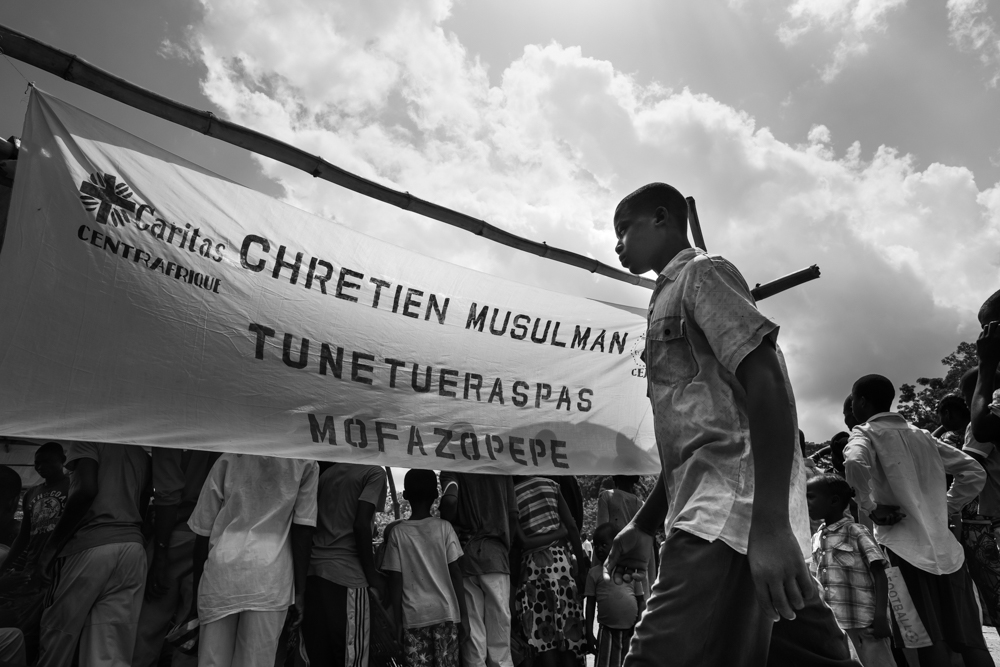
©Isabel Corthier, A reconciliation event was organized in Niakari to celebrate peace between the muslim and the christian community.
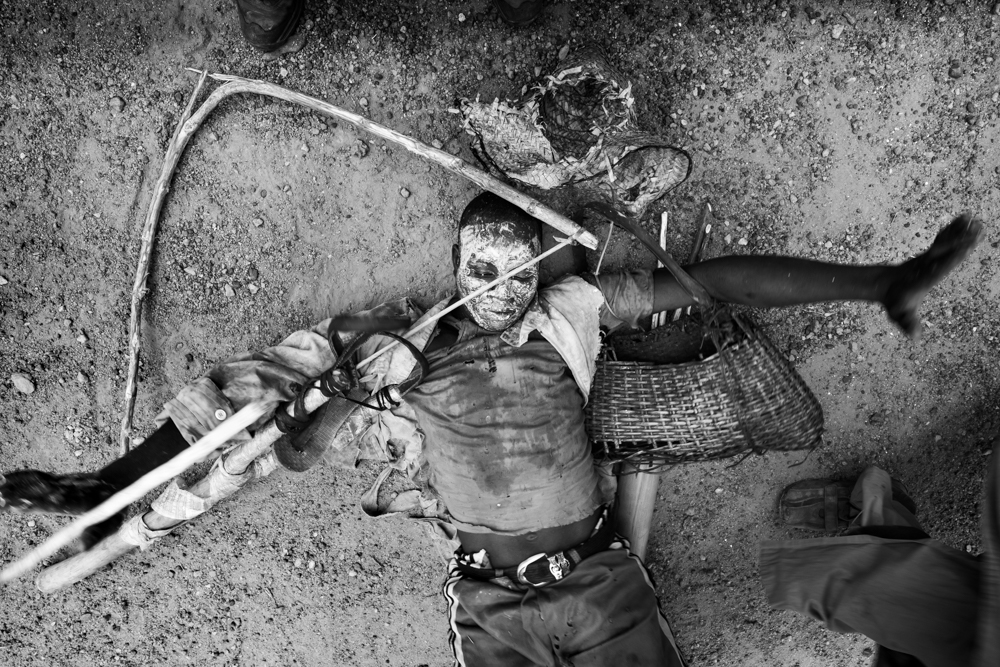
©Isabel Corthier, During a reconciliation event in Niakari, actors portraying the cruelties inflicted during the rebel invasion.
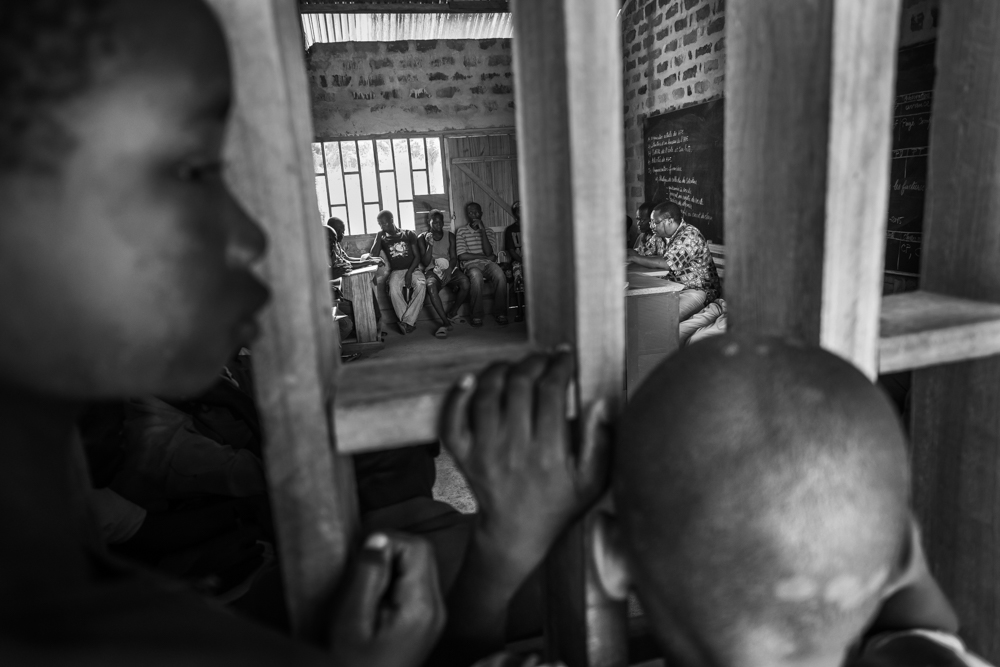
©Isabel Corthier, Abbé Alain, one of the founding members of the mediation committee, during a meeting.
Posts on Lenscratch may not be reproduced without the permission of the Lenscratch staff and the photographer.
Recommended
-
Shinichiro Nagasawa: The Bonin IslandersApril 2nd, 2024
-
The International Women in Photo Association Awards: Lorraine Turci: The Resilience of the CrowMarch 16th, 2024
-
The International Women in Photo Association Awards: Rayito Flores Pelcastre: Chirping of CricketsMarch 14th, 2024
-
The International Women in Photo Association Awards: Louise Amelie: What Does Migration Mean for those who Stay BehindMarch 12th, 2024
-
Brandon Tauszik: Fifteen VaultsMarch 3rd, 2024

